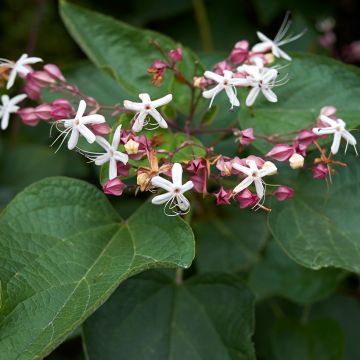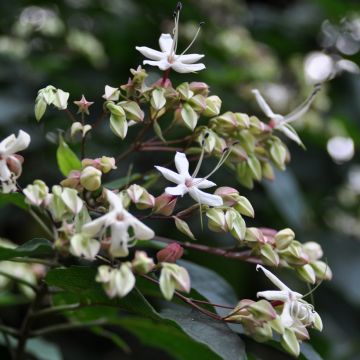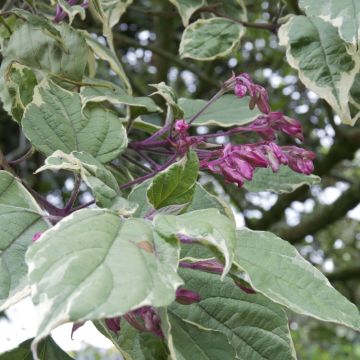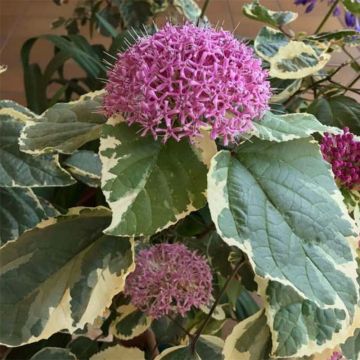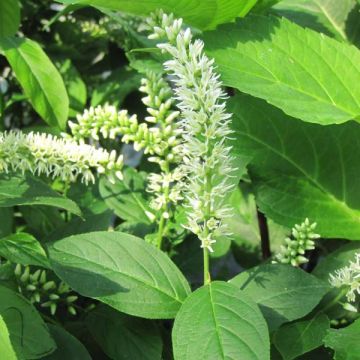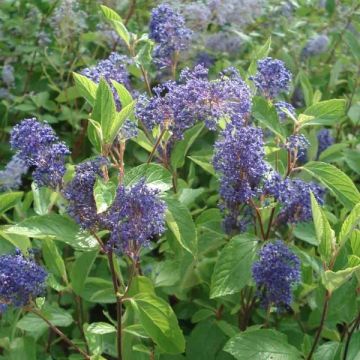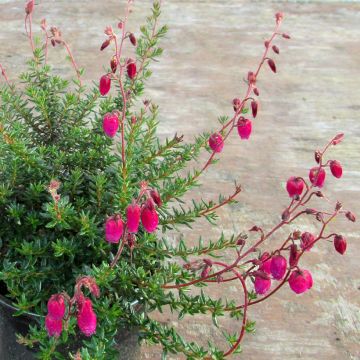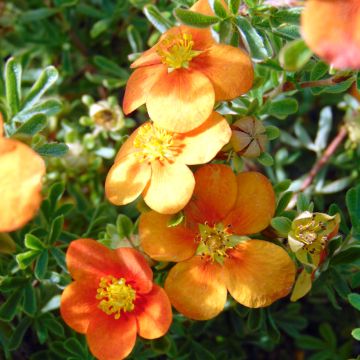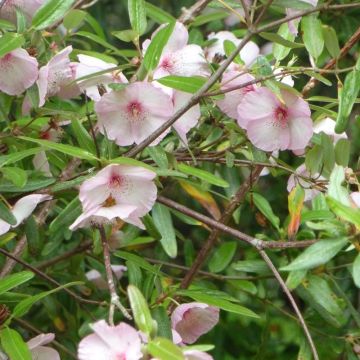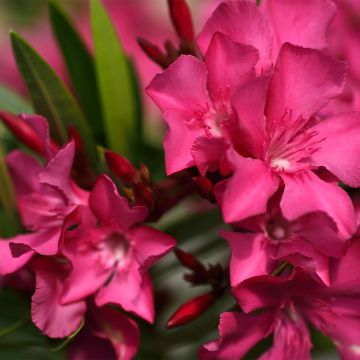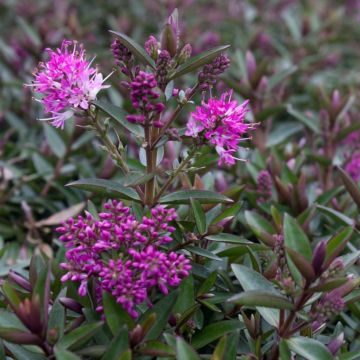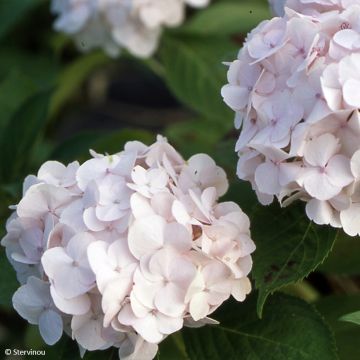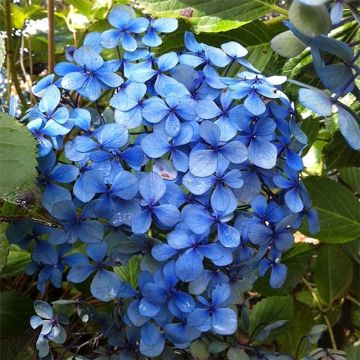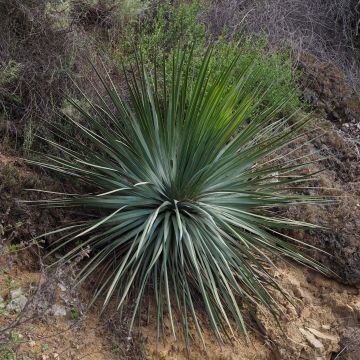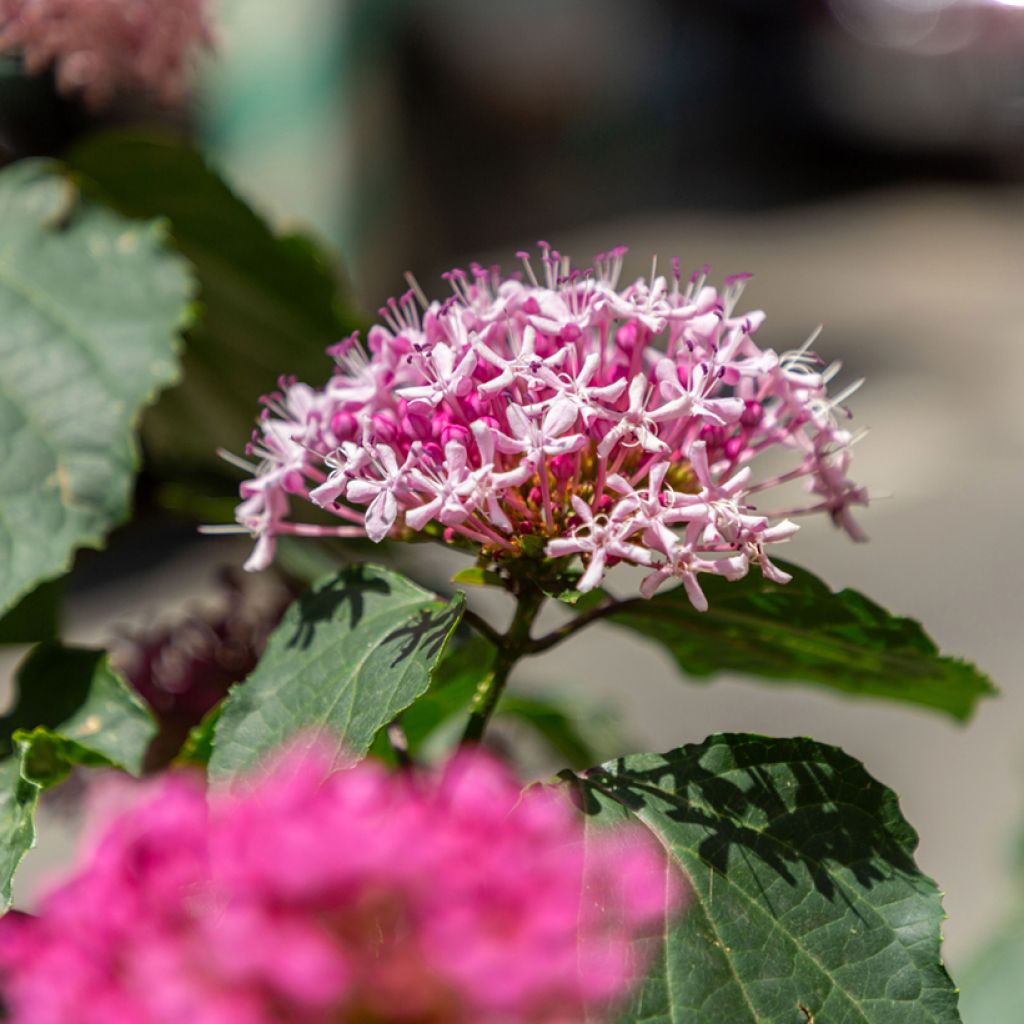

Clerodendrum bungei
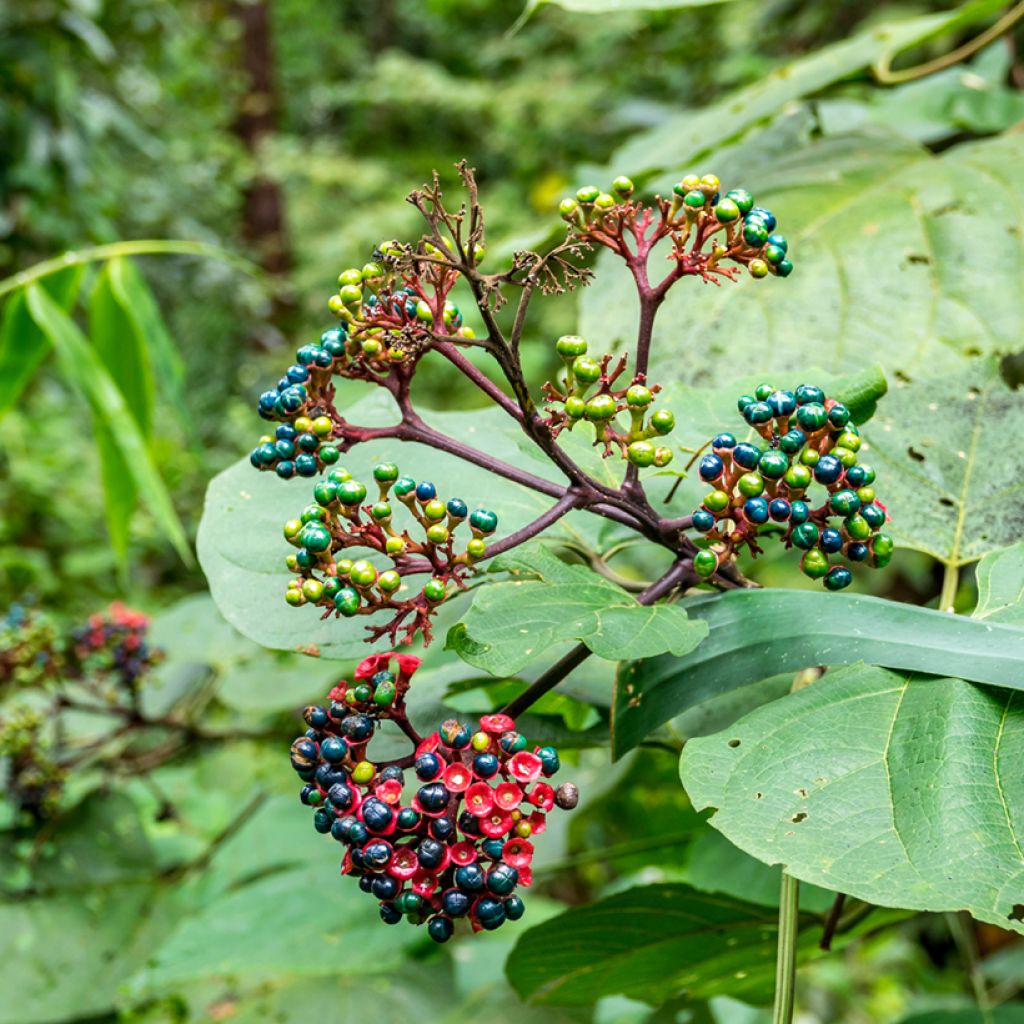

Clerodendrum bungei
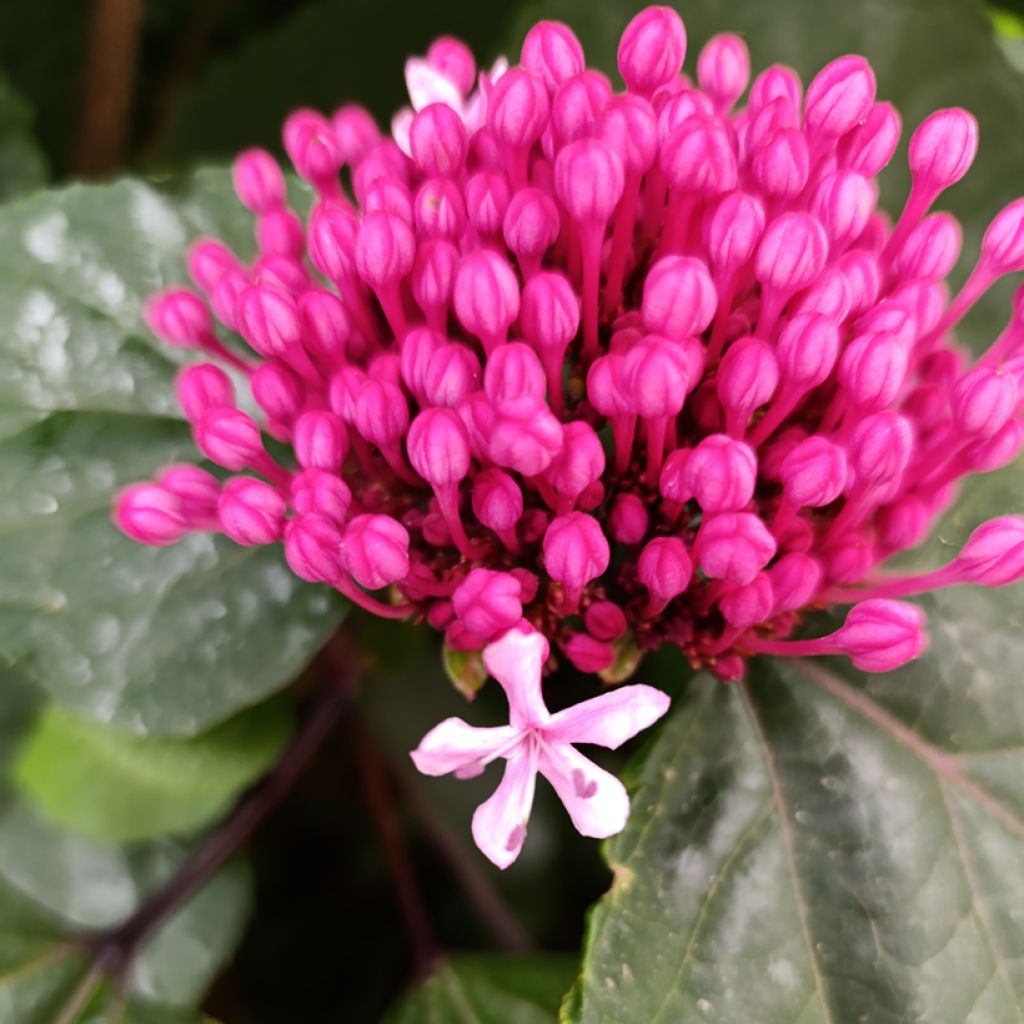

Clerodendrum bungei
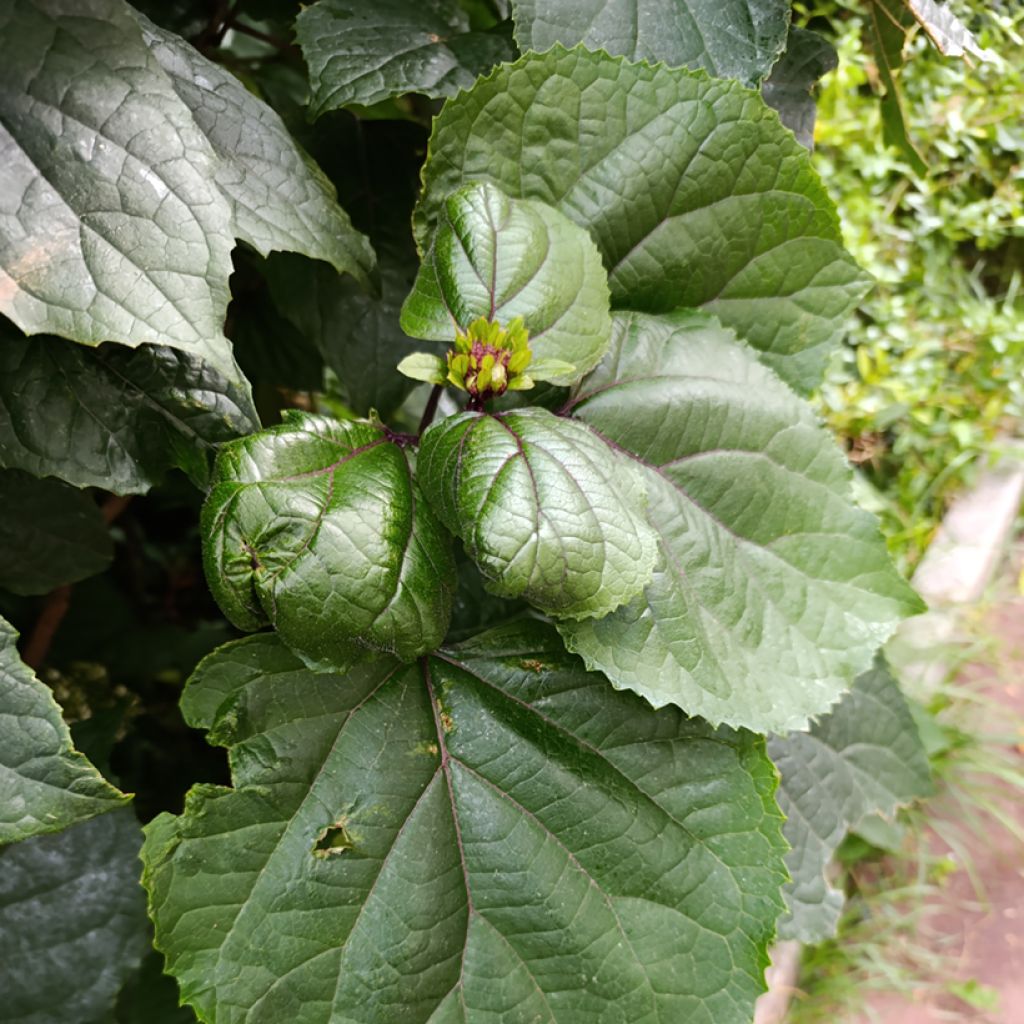

Clerodendrum bungei
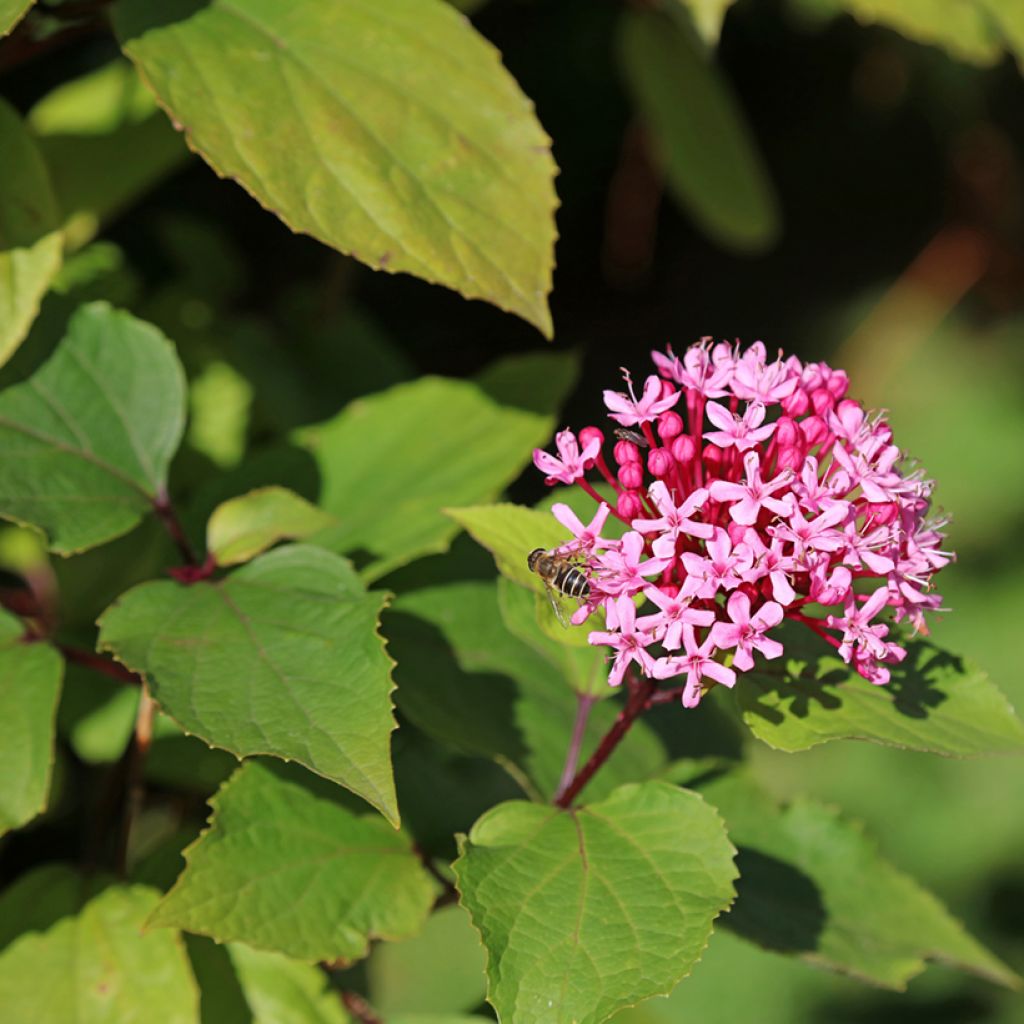

Clerodendrum bungei
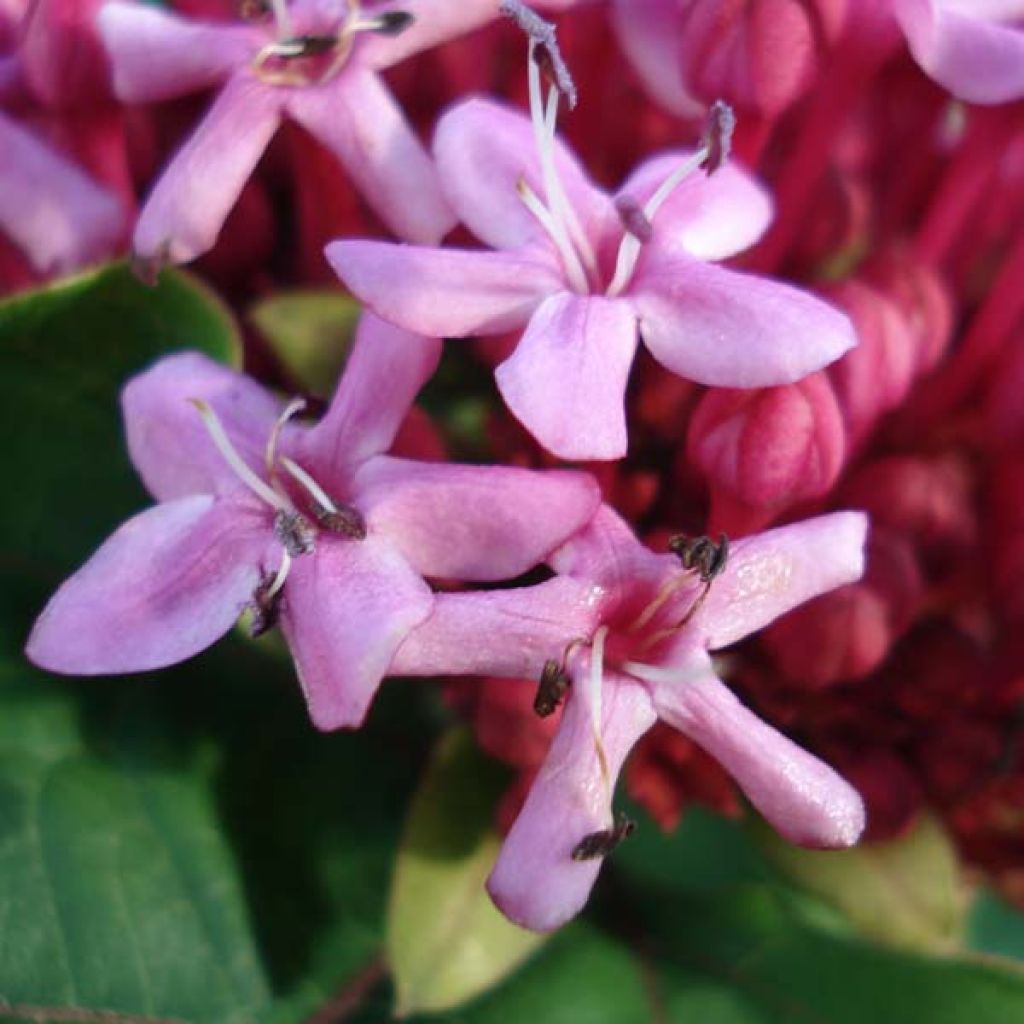

Clerodendrum bungei
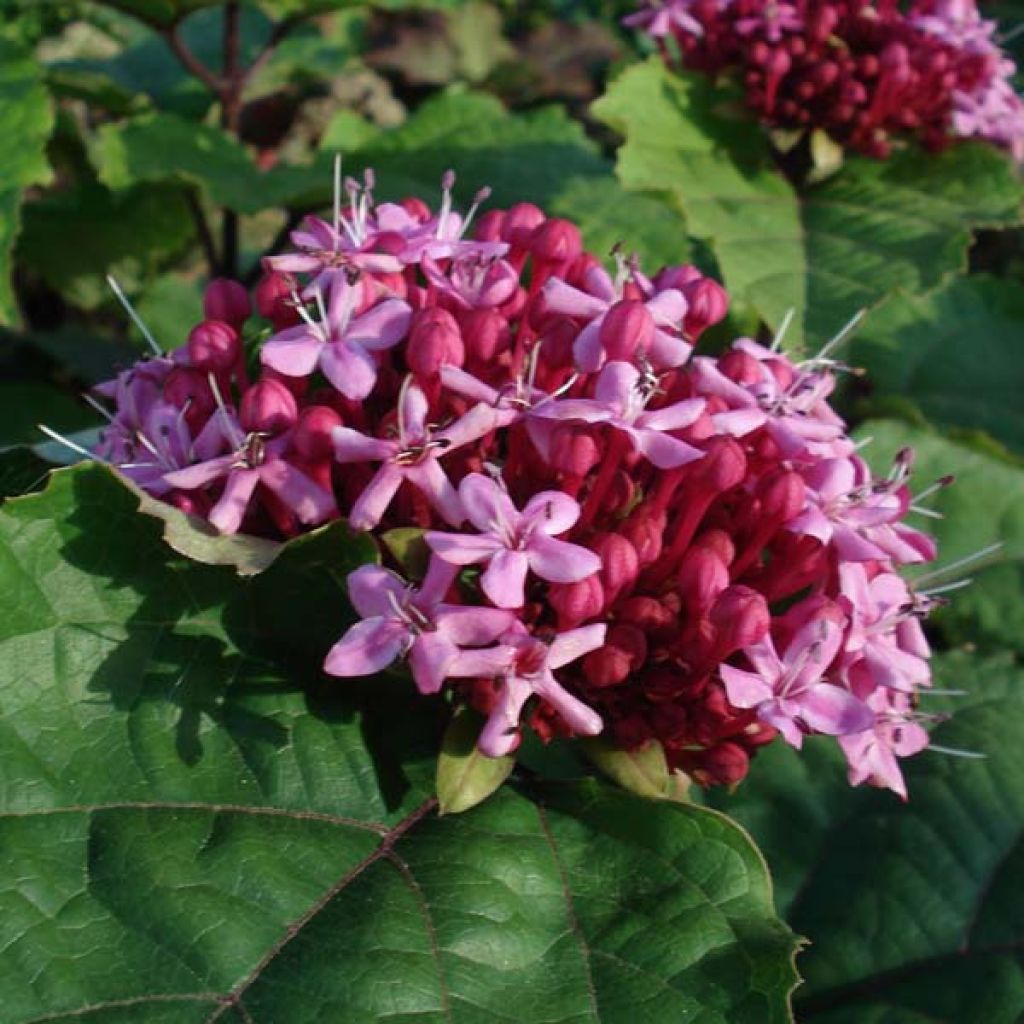

Clerodendrum bungei
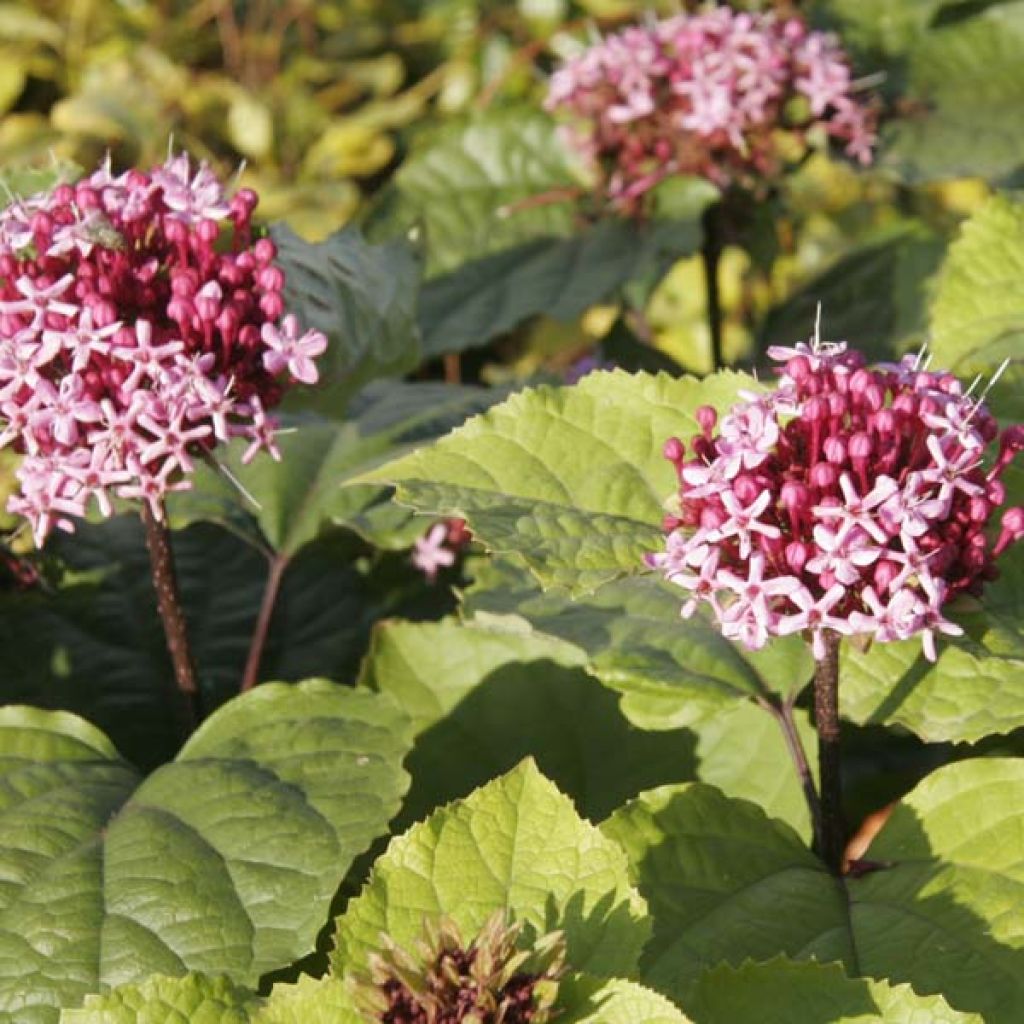

Clerodendrum bungei
Clerodendrum bungei
Clerodendrum bungei
Rose Glory Bower, Cashmere Bouquet, Mexican Hydrangea
Gorgeous plant adorned with flowers and berries. It should acclimate well to the climate.
Laure, 17/11/2022
This item cannot be shipped to the selected country
Delivery charge from €5.90
Delivery charge from €5.90
More information
Schedule delivery date,
and select date in basket
This plant carries a 24 months recovery warranty
More information
We guarantee the quality of our plants for a full growing cycle, and will replace at our expense any plant that fails to recover under normal climatic and planting conditions.
From €5.90 for pickup delivery and €6.90 for home delivery
Express home delivery from €8.90.
From €5.90 for pickup delivery and €6.90 for home delivery
Express home delivery from €8.90.

Does this plant fit my garden?
Set up your Plantfit profile →
Description
The Clerodendrum bungei, also called Bunge's Clerodendrum, is a type of shrub that can grow well in different types of soil. It produces beautiful pink flowers that bloom in late summer and attract butterflies, but it is not often seen in gardens despite its beauty and pleasant fragrance. The plant resembles hydrangeas but is related to verbena. It forms a tall clump of vertical, woody stems at the base and produces suckers. In September, it bears rounded panicles of tiny pink flowers that give off a pleasant aroma, followed by pretty dark blue berries. This plant requires little maintenance and is ideal for naturalistic-inspired flower beds and hedges.
The Clerodendrum bungei belongs to the Verbenaceae family and is native to subtropical regions of China, Taiwan, Vietnam, and the Himalayas. Despite this, it is hardy and can regrow from the base after short freezes of around -15°C (5°F), although the first frosts can destroy the above-ground parts. This bush is also known as Foetid Clerodendrum (Clerodendrum foetidum) due to the unpleasant odour emitted by its foliage when crushed.
The plant typically has a rounded shape, is not very dense, and grows quickly. It can reach a height of 1.80m (5 ft 11 in) to 2m (6 ft 7 in) if not pruned by the cold, 1m (3 ft 4 in) otherwise, and spreads through the formation of suckers sometimes emerging 1m (3 ft 4 in) from the base. It requires space and control of its growth by removing stray suckers.
The plant's late flowering enchants the sight and the sense of smell. Its raspberry-coloured ball-shaped flower heads gradually open into tiny star-shaped flowers of a pure and vivid pink, endowed with a powerful floral scent that attracts numerous pollinating insects. Decorative black-blue berries follow these in autumn. The deciduous foliage is dark green and shiny in summer, with the young shoots often coloured purple. The leaves, generally heart-shaped with coarsely serrated margins, are entire and opposite, measuring 10 to 20 cm (3.9 to 7.9 in) wide.
Bunge's Clerodendrum is a magnificent shrub used as a background plant in flower beds or as a free-standing hedge. The shrub's enchanting late flowering coincides with the blooming of recurrent roses, autumn asters, tall variegated grasses, and shrubby salvias. It can thrive in various regions and soil types if it is deep and heat-resistant. However, it is sensitive to freezing climates during winter.
For best results, it can be planted alongside Neilia affinis, spring spiraeas (arguta, Van houttei, prunifolia), summer spiraeas (S.japonica Anthony Waterer), guelder roses, mock oranges, buddleias, and landscape roses to stagger flowering and play with autumn colours in a hedge or a large bed of easy-to-grow shrubs. The shrub is also suitable for container cultivation, allowing control of its vigour.
In colder regions, it is advisable to cover its stump with a thick protective mulch to protect it from the harsh winter climate.
Report an error about the product description
Clerodendrum bungei in pictures


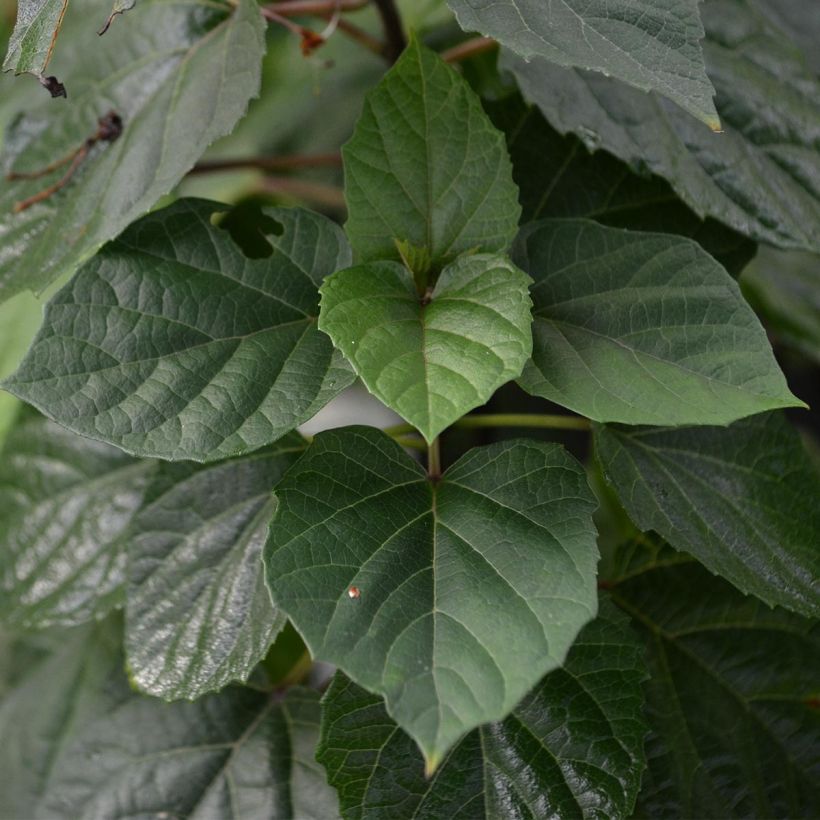

Plant habit
Flowering
Foliage
Botanical data
Clerodendrum
bungei
Verbenaceae
Rose Glory Bower, Cashmere Bouquet, Mexican Hydrangea
Himalayas
Other Clerodendrum
Planting and care
Plant Clerodendrum bungei in a sunny or semi-shaded position in a warm climate, sheltered from the wind. It prefers light soil, neither too dry nor too wet, and relatively fertile, but can tolerate any deep and well-worked garden soil. Water well in the first years following planting, especially in dry and hot weather to ensure good establishment of the plant. It flowers on the current year's wood. Therefore, it should be pruned in early spring by cutting the stems very low (leaving only 3 buds at the base of the previous year's shoots), to promote new growth. Moderately hardy, it can withstand temperatures down to -10°C, regenerating from the base in spring when the above-ground parts have been destroyed. The plant will reform tall stems of 1m (3 ft 4 in) within a few months, capable of flowering in August-September. In colder regions, it is advisable to mulch it.
Pot cultivation:
If you live in an area with long and harsh winters, you can grow Clerodendron in a large container and bring it indoors to overwinter. You can keep it in a conservatory, a winter garden, or a bright, unheated, frost-free room. To ensure good drainage, put some draining material like pot shards, stones, or clay pellets at the bottom of the container, and use a fertile mixture of compost and leaf compost. You should place it in a very bright location.
Water the plant twice a week during the growing season and apply liquid fertiliser every two weeks. In winter, water is only when the top two-thirds of the mixture has dried out. Prune it as you would for plants grown outdoors.
Planting period
Intended location
Care
-
, onOrder confirmed
Reply from on Promesse de fleurs
Summer-flowering shrubs
Haven't found what you were looking for?
Hardiness is the lowest winter temperature a plant can endure without suffering serious damage or even dying. However, hardiness is affected by location (a sheltered area, such as a patio), protection (winter cover) and soil type (hardiness is improved by well-drained soil).

Photo Sharing Terms & Conditions
In order to encourage gardeners to interact and share their experiences, Promesse de fleurs offers various media enabling content to be uploaded onto its Site - in particular via the ‘Photo sharing’ module.
The User agrees to refrain from:
- Posting any content that is illegal, prejudicial, insulting, racist, inciteful to hatred, revisionist, contrary to public decency, that infringes on privacy or on the privacy rights of third parties, in particular the publicity rights of persons and goods, intellectual property rights, or the right to privacy.
- Submitting content on behalf of a third party;
- Impersonate the identity of a third party and/or publish any personal information about a third party;
In general, the User undertakes to refrain from any unethical behaviour.
All Content (in particular text, comments, files, images, photos, videos, creative works, etc.), which may be subject to property or intellectual property rights, image or other private rights, shall remain the property of the User, subject to the limited rights granted by the terms of the licence granted by Promesse de fleurs as stated below. Users are at liberty to publish or not to publish such Content on the Site, notably via the ‘Photo Sharing’ facility, and accept that this Content shall be made public and freely accessible, notably on the Internet.
Users further acknowledge, undertake to have ,and guarantee that they hold all necessary rights and permissions to publish such material on the Site, in particular with regard to the legislation in force pertaining to any privacy, property, intellectual property, image, or contractual rights, or rights of any other nature. By publishing such Content on the Site, Users acknowledge accepting full liability as publishers of the Content within the meaning of the law, and grant Promesse de fleurs, free of charge, an inclusive, worldwide licence for the said Content for the entire duration of its publication, including all reproduction, representation, up/downloading, displaying, performing, transmission, and storage rights.
Users also grant permission for their name to be linked to the Content and accept that this link may not always be made available.
By engaging in posting material, Users consent to their Content becoming automatically accessible on the Internet, in particular on other sites and/or blogs and/or web pages of the Promesse de fleurs site, including in particular social pages and the Promesse de fleurs catalogue.
Users may secure the removal of entrusted content free of charge by issuing a simple request via our contact form.
The flowering period indicated on our website applies to countries and regions located in USDA zone 8 (France, the United Kingdom, Ireland, the Netherlands, etc.)
It will vary according to where you live:
- In zones 9 to 10 (Italy, Spain, Greece, etc.), flowering will occur about 2 to 4 weeks earlier.
- In zones 6 to 7 (Germany, Poland, Slovenia, and lower mountainous regions), flowering will be delayed by 2 to 3 weeks.
- In zone 5 (Central Europe, Scandinavia), blooming will be delayed by 3 to 5 weeks.
In temperate climates, pruning of spring-flowering shrubs (forsythia, spireas, etc.) should be done just after flowering.
Pruning of summer-flowering shrubs (Indian Lilac, Perovskia, etc.) can be done in winter or spring.
In cold regions as well as with frost-sensitive plants, avoid pruning too early when severe frosts may still occur.
The planting period indicated on our website applies to countries and regions located in USDA zone 8 (France, United Kingdom, Ireland, Netherlands).
It will vary according to where you live:
- In Mediterranean zones (Marseille, Madrid, Milan, etc.), autumn and winter are the best planting periods.
- In continental zones (Strasbourg, Munich, Vienna, etc.), delay planting by 2 to 3 weeks in spring and bring it forward by 2 to 4 weeks in autumn.
- In mountainous regions (the Alps, Pyrenees, Carpathians, etc.), it is best to plant in late spring (May-June) or late summer (August-September).
The harvesting period indicated on our website applies to countries and regions in USDA zone 8 (France, England, Ireland, the Netherlands).
In colder areas (Scandinavia, Poland, Austria...) fruit and vegetable harvests are likely to be delayed by 3-4 weeks.
In warmer areas (Italy, Spain, Greece, etc.), harvesting will probably take place earlier, depending on weather conditions.
The sowing periods indicated on our website apply to countries and regions within USDA Zone 8 (France, UK, Ireland, Netherlands).
In colder areas (Scandinavia, Poland, Austria...), delay any outdoor sowing by 3-4 weeks, or sow under glass.
In warmer climes (Italy, Spain, Greece, etc.), bring outdoor sowing forward by a few weeks.

































